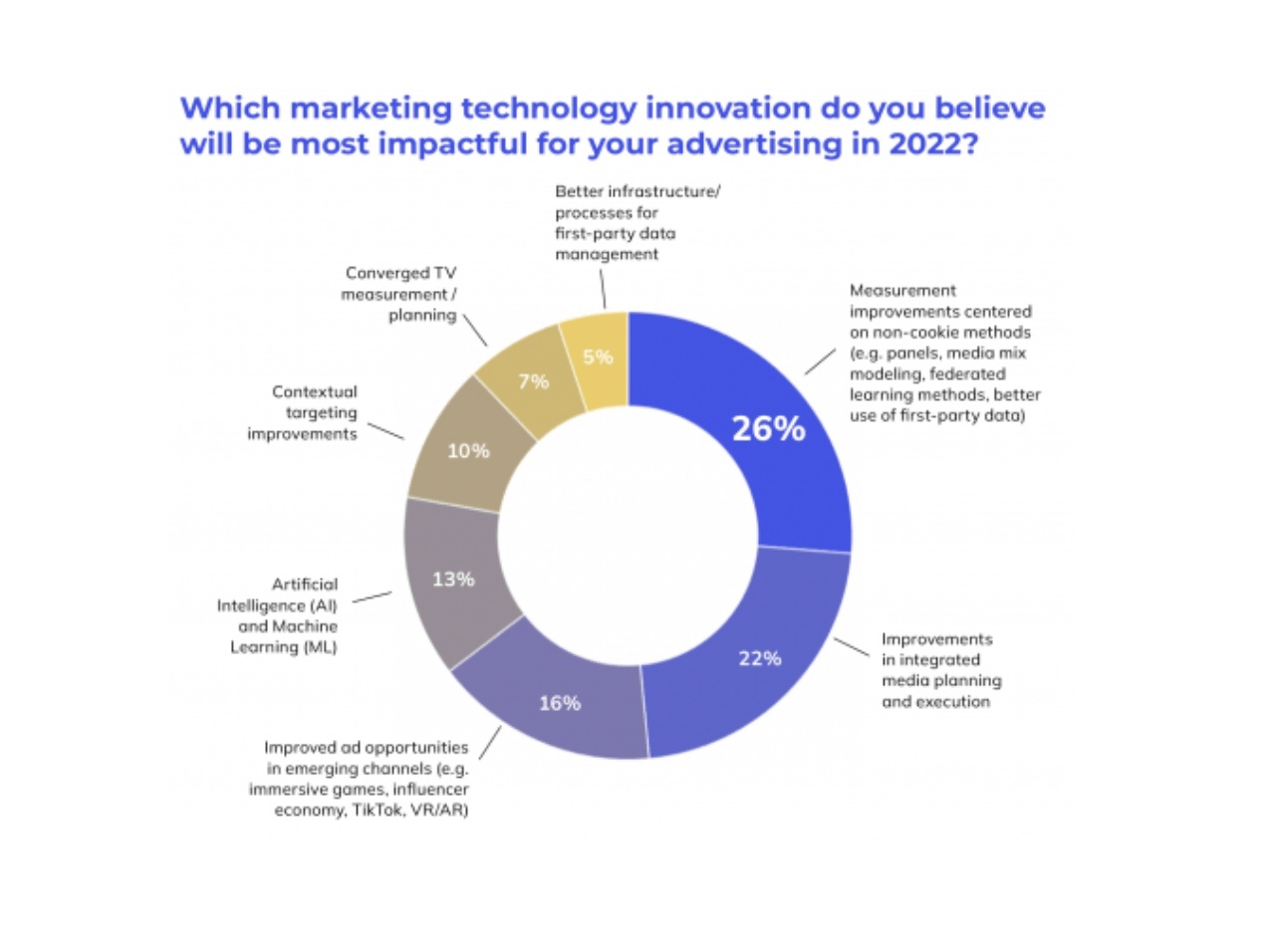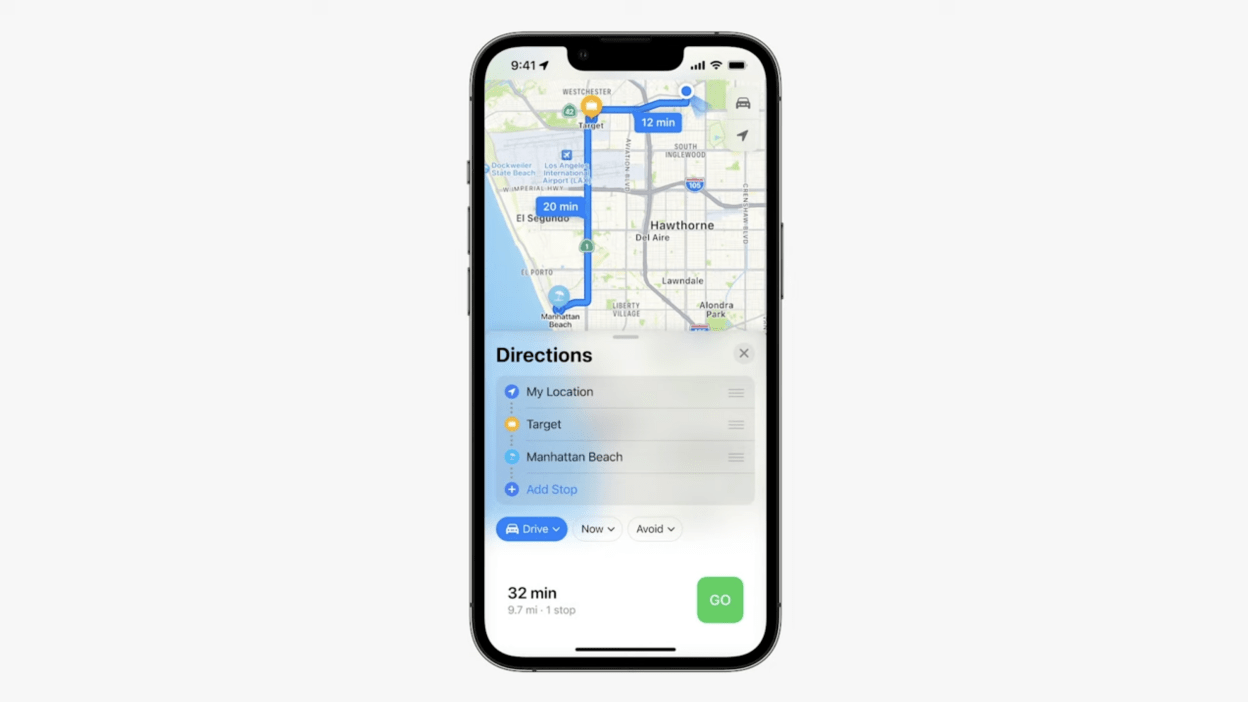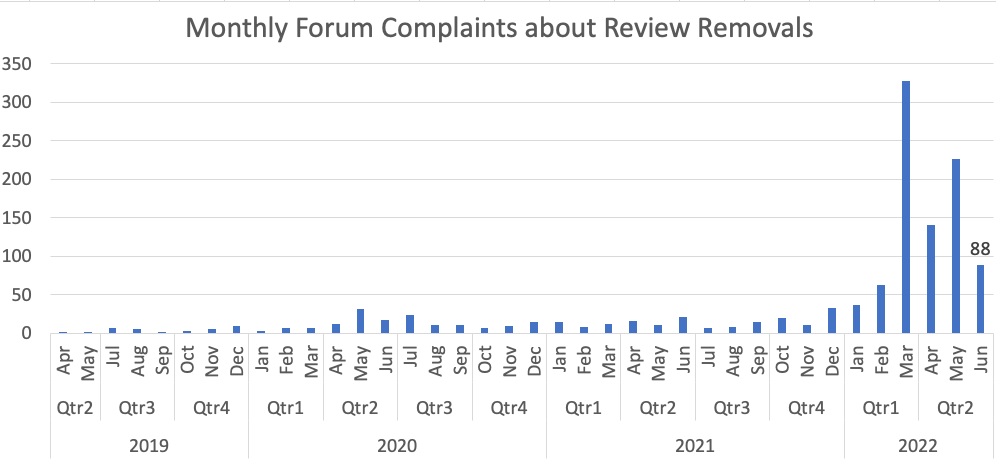In this week’s update, learn about the growth of social media marketing in 2022; new Apple Maps features; the pandemic impact on social communication; the transformation of brand loyalty; widespread removal of Google reviews; and Snapchat’s new restaurant recommendations.
Social Is the Fastest Growing Digital Channel for 2022
A Mediaocean survey of 600 advertising professionals finds that 72 percent plan to boost their spending on social platforms in 2022, making social the biggest growth area for digital marketing. Marketers are also highly motivated to figure out how to conduct business in a post-cookie world, with improvements to non-cookie methods of ad targeting voted as the most important priority for the year. Some 60 percent of respondents expressed confidence that these non-cookie methods, ranging from panels to media mix modeling to federated learning methods and better usage of first-party data, will ultimately be successful.
Marketers are also focused on improvements to integrated media planning as well as emerging channels such as the influencer economy, TikTok, and AR/VR.

Courtesy Mediaocean / BusinessofApps
Apple Features Maps Updates at WWDC
Despite the rumors, Apple did not announce a new search engine at last week’s WWDC event. However, Apple Maps was in the spotlight with several announced updates. These include multi-stop routing, whereby users can now enter up to 15 stops for a planned trip. Stops can also be added to an existing route via Siri voice commands. Users can plan trips to avoid toll roads or, if using them is unavoidable, can pay tolls using Apple Wallet. Apple is also adding support in 11 new countries for bicycle directions as well as the Look Around feature, Apple’s version of Street View. Apple’s MapKit development platform is also getting some improvements, such as the addition of Look Around functionality, which will make it possible for companies like Zillow to offer local street-level imagery.

Multi-stop navigation, courtesy Apple
The Pandemic’s Impact on Social Communication
The pandemic has wrought significant changes in the way people interact with each other, according to a new report from Meta, which finds that brands must take into account a new consumer mindset as some changes become permanent. Pandemic changes such as increased online communication and the growth of remote work have caused many consumers to rethink their social priorities, with 72 percent of those surveyed by Meta saying the pandemic had caused them to prioritize their closest friends more highly. With digital usage increasing 25 percent in the years 2019-2021, people are also more open to using technology to make those connections. The younger age demographic is especially open to the idea of using immersive technologies to foster connections online. According to the Meta report, brands who are alert to these attitudes will look to provide consumers with online experiences that meet their needs for authenticity, such as fostering communication between people and tapping into the creator community.
The Transformation of Brand Loyalty
A Sitecore report finds that post-pandemic consumers are less brand loyal than they used to be. Only one-third of surveyed consumers said they were “very loyal” to any brands, and two-thirds reported they have stopped buying from a brand after a bad experience. Some 91percent of respondents said they expect a high level of transparent communication from brands when it comes to changes like price hikes and supply chain problems, suggesting that these problems, and the way brands have handled them, have become a major cause for concern.
Consumers are more interested in finding high-quality products, reasonable prices, and good shopping experiences than they are in any particular brand, according to the report. But brands who meet their needs will be rewarded; echoing Meta’s report, 70 percent of respondents said they want “deeper, more personal connections with brands,” and 82 percent are more loyal to brands whose representatives go out of their way to solve problems. Some 86 percent of those surveyed said it was a “powerful” signal when brand representatives showed understanding and empathy towards the consumer’s needs.
The report suggests that unifying brand data can be a powerful tool in identifying and fulfilling consumer needs. If data is siloed, major patterns may be missed and the history of a particular consumer’s interactions with the brand may be difficult to trace.
The Widespread Removal of Google Reviews
Once again, we’re hearing of a spike in takedowns of Google reviews, presumably due to the company’s efforts to remove spam reviews. Mike Blumenthal has been tracking complaints in the Google Business Profile help forum related to the removal of reviews, and finds that these complaints hit unusual highs in March, April, and May, with the trend seeming to continue into June. Google’s AI-based review moderation technology will tend to flag more legitimate reviews in error when its tolerance levels are lowered in order to catch more spam. Blumenthal speculates that the March start date of the current removal trend is no accident, in that it coincides with FTC actions including the fining of online retailer Fashion Nova for review-related abuses. Businesses can try to recover lost reviews by filing a report with Google and, if this is not initially successful, asking for help from Product Experts in the forum.

Courtesy Mike Blumenthal / NearMedia
Snapchat Launches Restaurant Recommendations
In another move toward providing its own version of a local search experience, Snapchat is adding restaurant recommendations to the Snap Map. The recommendations come from the restaurant site The Infatuation, and can be toggled on as a new layer in the map. Recommendations will first be available in twelve cities including New York, Los Angeles, Chicago, and London. Users who enable the restaurant layer will see recommendations and restaurant info, which can be saved or shared with friends. Previously, Snapchat launched a similar map layer for events in collaboration with Ticketmaster. As Snapchat broadens its local offerings, we can expect that more types of businesses will see increased visibility.
Damian Rollison
Subscribe to Local Memo!
Signup to receive Local memo updates and the latest on localized marketing, delivered weekly to your inbox.